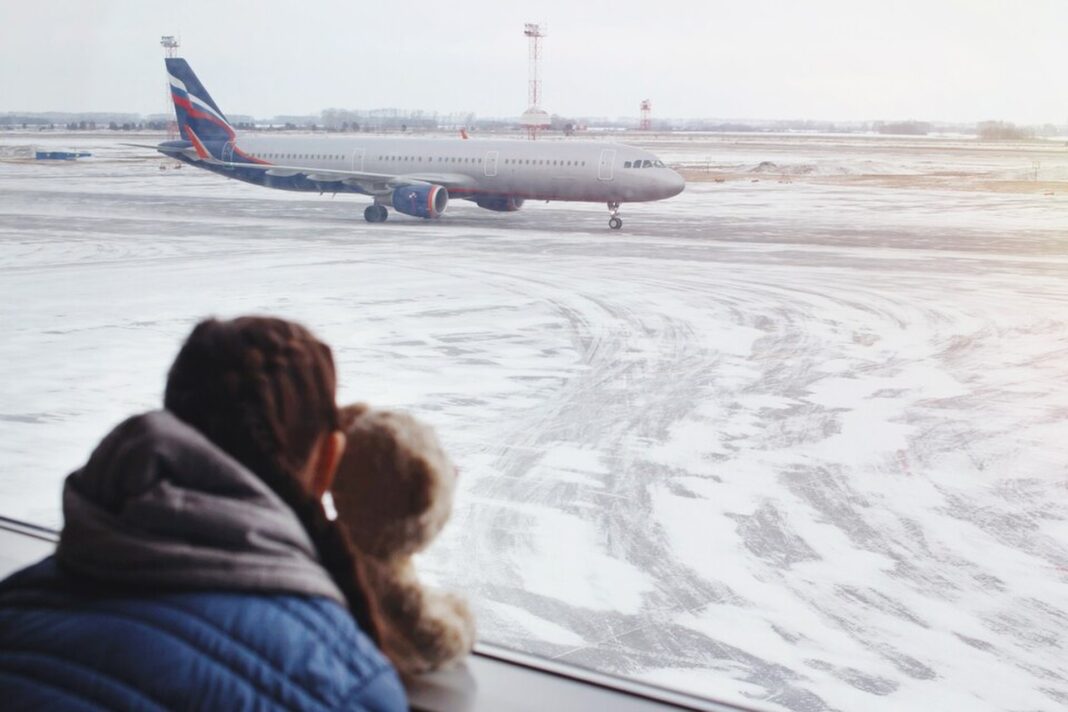Weather is crucial to flying. It affects flying safety efficiency and operations. Pilots, air traffic controllers and others need meteorology. Flight management may be improved by understanding weather trends and predictions. This page discusses flight safety, meteorology , weather disturbances and flight preparation. Each section will discuss these factors and their aviation industry importance.
How Weather Affects Flight Safety
Weather affects flying safety in several ways. Visibility, wind and rain hinder airplane operations. Fog or rain may obscure a pilot view of the runway or other aircraft. Pilots face turbulence during takeoff and landing in high winds. Thunderstorms enhance in flight incident risk. Lightning and rapid wind changes may make flying dangerous. Advanced forecasting reduces weather related incidents. The erratic weather still presents issues. Flight safety requires constant weather monitoring.
The Role Of Meteorology In Aviation
Safe flying operations depend on meteorology. Forecasts help pilots and air traffic controllers understand weather conditions. Meteorologists assess many data sets. This helps forecast weather issues. Understanding meteorology improves aviation decisions. This data helps pilots change routes, altitudes and takeoffs. Several groups anticipate aviation. They specialize in aviation weather interpretation. Aviation safety depends on these initiatives.
Types Of Weather Disruptions In Flight
Various weather disturbances might impact flights. Thunderstorms are harmful. They cause intense hail, lightning and turbulence. These situations may cause major flying issues. Strong winds during takeoff and landing may potentially affect aircraft routes. Other inconveniences include snow ice and reduced visibility. Each weather condition might delay, cancel or divert. Fog reduces visibility. Approaching and landing may be difficult. All these eventualities need well prepared flight crews. Effective weather disruption management requires training and preparedness.
Assessing Weather Conditions Before A Flight
Pre-flight weather checks are crucial. This technique requires substantial preparation and study. Weather predictions and reports are checked before departure by pilots. Wind speed, precipitation and visibility are assessed. Understand these components to make educated selections. If bad weather is forecast they might change their plans. Pilots and meteorologists must work together for this evaluation. Safety requires good communication from both sides. A careful pre-flight weather evaluation reduces hazards. It establishes flying success.
The Importance Of Flight Planning In Adverse Weather
Bad weather makes flight planning crucial. A well planned operation provides safety and efficiency. Pilots must consider multiple weather possibilities. They prepare for any scenario. Alternative aircraft paths and air traffic control communication are included. On route weather data is essential for navigation. Informing passengers of delays or modifications improves the customer experience in bad weather. Comprehensive flight plans accommodate weather changes. This precaution safeguards everyone aboard.
Bad Weather And Flight Delays
Bad weather delays flights. Heavy snow thunderstorms or fog may close airports. Airport procedures adapt to the weather. Rerouting planes or shutting runways may be part of these processes. Even minor weather changes might disrupt flight schedules. Airline efficiency and passenger safety must be balanced. Communication with travelers about delays is key. Keeping tourists informed helps limit bad weather expectations. Addressing these weather issues ensures the aviation industry emphasizes safety and efficiency.
Innovations In Weather Forecasting For Airports
Weather is crucial to aircraft safety. Prevent accidents and delays with accurate predictions. Advanced technology helps airport administrators and pilots analyze weather. Aviation has changed due to weather forecasting innovations. They improve air travel safety and efficiency.
Satellite photography is a breakthrough. Satellites track cloud cover precipitation and temperature in real time. This data helps meteorologists predict accurately. Airports may use the data to make judgments. Another essential instrument is the Doppler radar. It detects tornadoes and thunderstorms. This provides timely flight crew and passenger notifications.
Machine learning is evolving alongside radar and satellite technology. Algorithms process massive weather data. They accurately forecast the weather. This predictive capability lets airports react swiftly to weather changes. Many airports have smartphone apps. Passengers may get destination weather updates.
The introduction of these technologies improved operational planning. Airport schedules may be optimized to reduce weather delays. Airlines and air traffic control communicate better with better predictions. These advancements improve safety. They reduce weather related disasters.
Pilot Training On Weather Management
Weather control is crucial for pilots. It affects flying performance and safety. Effective pilot training emphasizes weather data interpretation. They learn to prepare for bad weather. Weather simulations are common in this training.
Weather knowledge is rigorously taught to pilots. Weather knowledge is essential. Reading weather charts and radar is taught. This data aids flight planning and route selection. Recognizing weather concerns before flying improves safety. It lets pilots pick safer altitudes and routes.
Live decision making is also stressed in training. Pilots simulate abrupt weather changes. Being fast can save lives. Air traffic control communication is crucial to this training. It updates pilots about weather conditions.
Mental resilience is very important for pilots. Weather stress may alter decision making. Coping skills are taught in training. This helps pilots stay cool in difficult circumstances.
As technology evolves pilot training changes. Interactive platforms and online courses expand learning. Pilots may encounter real life weather difficulties in VR. This hands on approach improves flying readiness. Teamwork is also important. Teamwork amid bad weather lets crew members respond together.
What Is The Role Of Air Traffic Control In Weather Conditions?
Air traffic control is crucial for bad weather flight management. Controllers use real time weather data to decide. They warn pilots of weather conditions to ensure safety. This partnership manages impacted airspace traffic. Controllers may divert planes around storms or use additional procedures. Landings and takeoffs when weather affects visibility and runway conditions need their direction. By working with meteorologists air traffic controllers improve safety. Bad weather hazards must be reduced via teamwork.
How Often Do Flights Get Canceled Due To Weather?
Some flights are canceled due to weather. Weather is regularly monitored by airlines. Winter storms and hurricanes may cause major cancellations. This causes more flight delays and cancellations. In bad weather passengers might expect interruptions. Safety comes first as airlines try to reduce cancellations. Location and season affect cancellation frequency. Flight impact management requires ongoing monitoring and communication.



